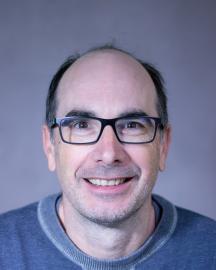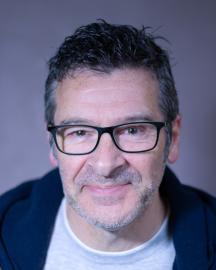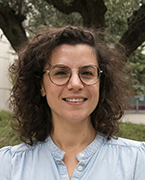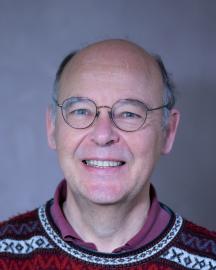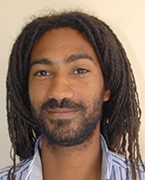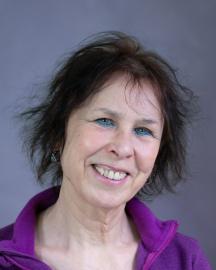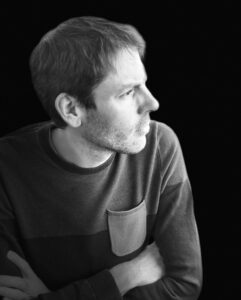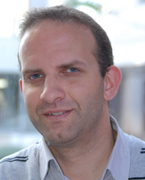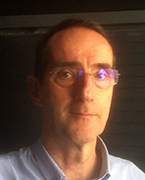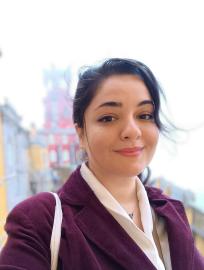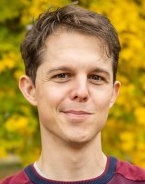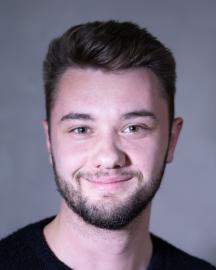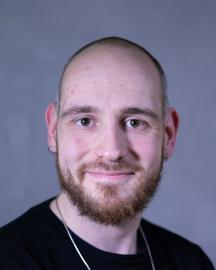Xiaojing Cong (CRCN CNRS, computational biophysicist), born and raised in China, obtained her PhD in Italy in 2013 and had worked as a postdoc in Germany and France before earning her current position in the IGF in 2021. She investigates protein-drug interactions and the functional dynamics of drug target proteins, at the interface among structural biology, pharmacology, molecular modeling and bio/chemoinformatics. She employs molecular simulations, computer-aided drug design and machine learning to study protein structure-function relationships and provide drug discovery solutions. She thrives at interdisciplinary cooperation and promotes wide applications of computational methods.
Over the course of my PhD at the Institut de Biologie Structurale (IBS Grenoble, 2004-2007), followed by a five-year postdoc at Harvard Medical School (Boston -MA- USA, 2008-2013), I acquired expertise in NMR spectroscopy approach, developed important skills in specific isotope labeling, bioengineering, biochemistry and structural studies of membrane proteins, which allowed me to investigate the conformational changes of transmembrane proteins. I combined my expertise through another three-year postdoctoral fellowship at the “Institut de Génomique Fonctionnelle” (IGF Montpellier, 2014-2017) and was recruited to study the molecular and structural mechanisms of the activity of membrane receptors and their partners, in particular opioid and frizzled receptors.
Cherine is an associate professor at the University of Montpellier. She obtained her PhD from Pierre et Marie Curie University in 2012 studying membrane-active peptides, and did her postdoctoral training in Carol Robinson's group at the University of Oxford. Her research is focused on the structural and dynamic characterisation of G Protein-coupled receptors (GPCRs) and their associated partners, by combining an array of complementary biophysical approaches, with structural mass spectrometry as a central tool. Her main project aims to decipher the interplay between bacterial toxins and chemokine receptors by combining native mass spectrometry, hydrogen/deuterium exchange mass spectrometry as well as pharmacology and structural biology.
CNRS researcher since 1989 in medicinal chemistry, she had a training of a chemist engineer with a PhD at chemistry-biology interface and two post-doctorates in academy (Université Montréal and Mc Gill-Canada) and in industry (Sanofi-Montpellier) on in vivo animal models.
Throughout her career, she developed projects on GPCR as therapeutic targets for their involvement in several pathologies (renal genetic diseases, cancer) with the development of bio-tools (ligands, biased ligands, mimetic peptides, toxins, nanobodies…) for fundamental research, diagnosis and therapeutic issues presently in the vasopressin GPCR family. Her expertise covers chemistry, pharmacology, biochemistry and preclinical studies.
Thierry Durroux has developed a large expertise in molecular pharmacology and developed mathematical models to investigate the impact of receptor interactions. In collaboration with Cisbio, he developed various Time-resolved FRET-based assays to measure cAMP and inositol phosphate accumulation; receptor binding and receptor internalization. He also developed a unique Time-resolved FRET microscopy to follow in living cell TR-FRET signal. He presently investigates the impact of oligomerization on the pharmacological properties of CXCR4 and ACKR3.
I obtained my PhD in structural biology at the UVHCI, Grenoble in 2010 where I studied the structural biology of RNA viruses. After a postdoc at the University of Oxford (2011-2014), I started working on membrane protein structure and dynamics at the IGF, Montpellier in 2015 and obtained an INSERM CRCN position in 2016. Combining computational and experimental structural biology methods such as molecular dynamics, x-ray crystallography and small angle x-ray scattering, I currently explore the interactions between chemokine receptors and pore forming toxins.
Bernard Mouillac is research director at the French National Institute of Health (INSERM) and team leader at the Institute of Functional Genomics in Montpellier for more than 23 years. He obtained a Ph.D. in biochemistry, molecular and cellular biology in 1990, worked as a postdoctoral researcher at the University of Montreal, Canada, in 1991-1992, and got a permanent position at INSERM in 1993.
His main research interests are focused on G protein-coupled receptors (GPCRs) which constitute key regulators of signal transduction and represent crucial therapeutic targets. He investigates their structure and functioning, the dynamics of their interactions with the canonical signaling partners G proteins and arrestins, and their involvement in several pathologies (renal and genetic diseases). His projects are dedicated to increasing knowledge about GPCR biology and promoting the discovery of new potential therapeutic molecules.
He got financial support from Europe and France research agencies and foundations for more than 2.2 million euros and managed different collaborations with biotech companies. He supervised around 50 students, postdoctoral researchers, and engineers throughout his career. He participated in different scientific committees (IUPHAR, INSERM, University of Montpellier). He got 4 patents and has authored more than 97 international publications in peer-reviewed journals, including 20 review articles.
I am a biological engineer at the French National Center of Scientific Research (CNRS) in Granier-Mouillac’s team at the Institute of Functional Genomics in Montpellier for more than 17 years. I obtained a master degree in molecular and cellular biology in 1990 and got a permanent position at CNRS in 1995.
During my career, I participated in many research projects focused on G protein-coupled receptors (GPCRs) which constitute key regulators of signal transduction and represent crucial therapeutic targets. In the team, we study their structure and functioning, the dynamics of their interactions with the canonical signaling partners G proteins and arrestins, and their involvement in several pathologies (renal and genetic diseases). I developed and applied experimental protocols useful for many of our projects.
I supervised around 10 students, postdoctoral researchers, and engineers throughout my career. I have authored 21 international publications in peer-reviewed journals.
Alumni
2023-2021 Camille le-Drezen linkedin
2023-2022 Jessica Mac Bear linkedin
2022-2020 Elise Del Nero linkedin
2022-2021 Léa Erre linkedin
2021-2019 Sylvain Jeannot linkedin
2021-2019 Marion Drapeau linkedin
2021-2020 Laura Vera linkedin
2021-2015 Fanny Peysson linkedin
2021-2015 Simon Fontanel linkedin
2020-2019 Louise Couillaud linkedin
2020-2018 Paul Lambey linkedin
2020-2019 Maud Gregson linkedin
2019-2016 Julie Saint-Paul linkedin
2018-2015 Pascal Rochaix linkedin
2017-2015 Joanna Hagelberger linkedin
2015-2014 Camille Mas linkedin

